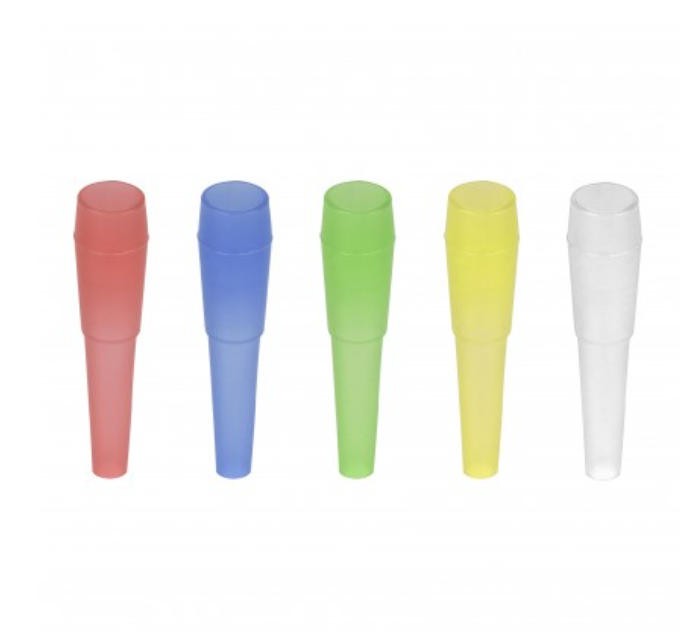



Product Item:AL-TI6
Hookah Hose
Accessories
| Item No. |
AL-TI6 |
|---|---|
| Material | Plastic |
| Size | About 3-9.5cm |
| Color | Mixed |
| Weight | About 1.5g/pcs |
| Packing | 100pcs/bag 100bags/ctn (Can be packed as required) |
| Shipment | By sea,express(DHL,Fedex,UPS and so on) or air |
| Payment | Trade Assurance,Paypal,Western Union and T/T |
| Produce Time | 10-20days (If the order is small, it can be shipped soon) |
| Delivery time | 10-30days |
| Customizable | OEM ODM |
Disposable plastic straws are single-use drinking utensils primarily manufactured from thermoplastic polymers, such as polypropylene (PP) or polystyrene (PS), chosen for their durability, flexibility, and cost-effectiveness. These straws are designed to facilitate the consumption of a wide range of beverages, including water, soft drinks, juices, and thicker liquids like milkshakes or smoothies. They are typically cylindrical, with lengths ranging from 15 to 25 centimeters (6 to 10 inches) and diameters varying from 3 to 12 millimeters, depending on their intended use. For example, narrower straws are suitable for low-viscosity liquids, while wider ones, often referred to as "bubble tea straws," accommodate thicker beverages or toppings like tapioca pearls.
The production process involves extrusion, where molten plastic is shaped into a continuous tube, cooled, and cut into individual straws. Some straws feature additional designs, such as flexible segments (accordion-like bends) for adjustable positioning or specialized tips for specific drinks. They are available in various colors, though clear or white straws are most common, and some include decorative patterns for aesthetic appeal in commercial settings.
Disposable plastic straws are valued for their convenience, hygiene, and low cost, making them a staple in the food and beverage industry, including fast-food chains, cafes, bars, and catering services. They are often individually wrapped to ensure cleanliness, particularly in medical or hospitality settings. Their lightweight nature (typically weighing less than 1 gram per straw) and portability further enhance their practicality.
However, the environmental impact of disposable plastic straws has drawn significant scrutiny. They are non-biodegradable, persisting in the environment for hundreds of years, and contribute to global plastic waste, with billions discarded annually. Straws are among the top items found in marine litter, posing risks to wildlife through ingestion or entanglement. For instance, it is estimated that over 500 million plastic straws are used daily in the United States alone, many of which end up in landfills or oceans.
Due to these concerns, many jurisdictions have implemented regulations to curb their use. For example, the European Union banned single-use plastics, including straws, in 2021, and similar restrictions exist in parts of the United States, Canada, and Australia. Alternatives, such as paper straws, biodegradable materials (e.g., PLA or bamboo), or reusable options like stainless steel or silicone straws, are increasingly promoted. However, these alternatives may have limitations, such as higher costs or reduced durability, which can affect consumer and business adoption.
In summary, while disposable plastic straws offer practical benefits for beverage consumption, their environmental footprint has led to a global push for sustainable alternatives, reshaping their role in modern consumption patterns.